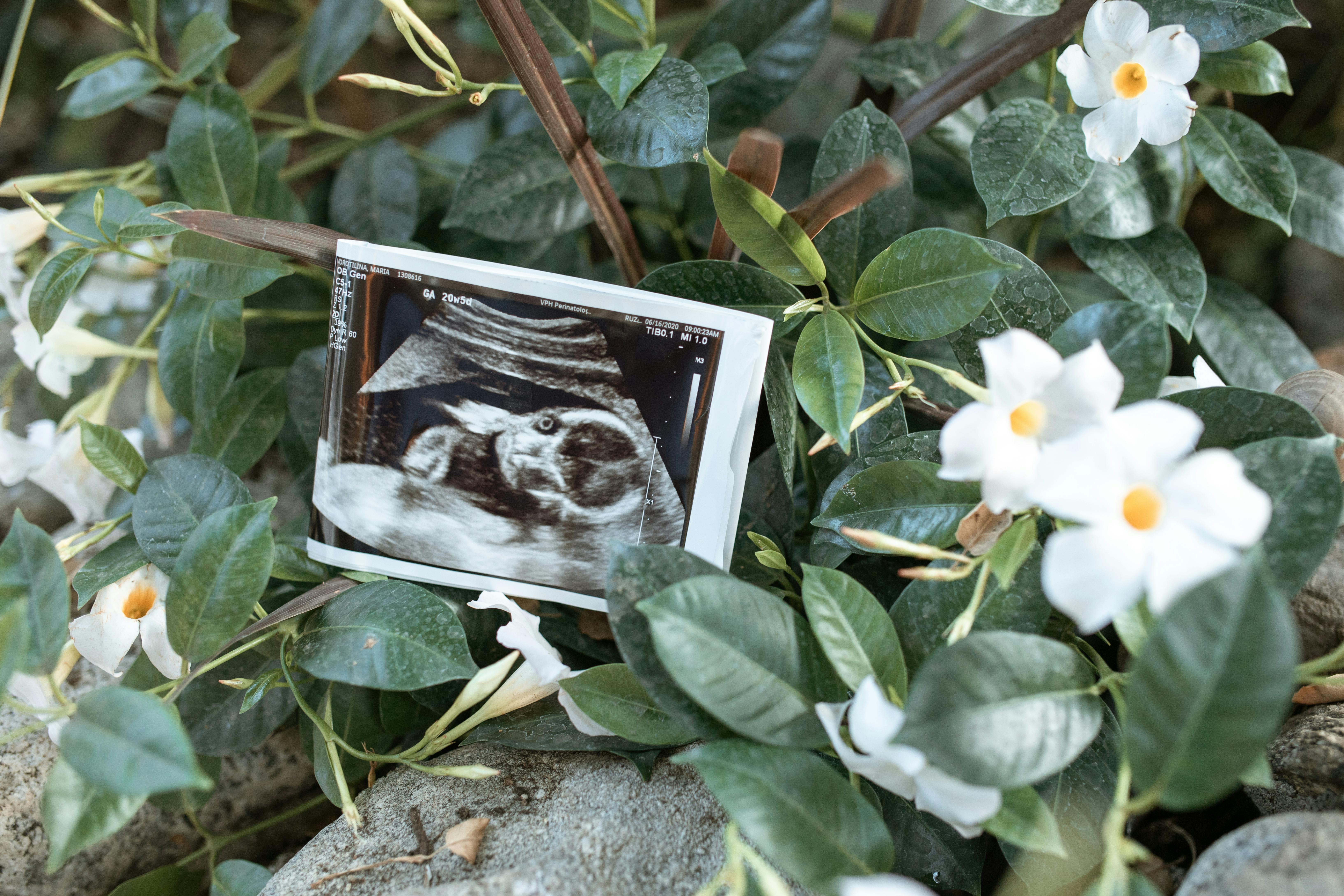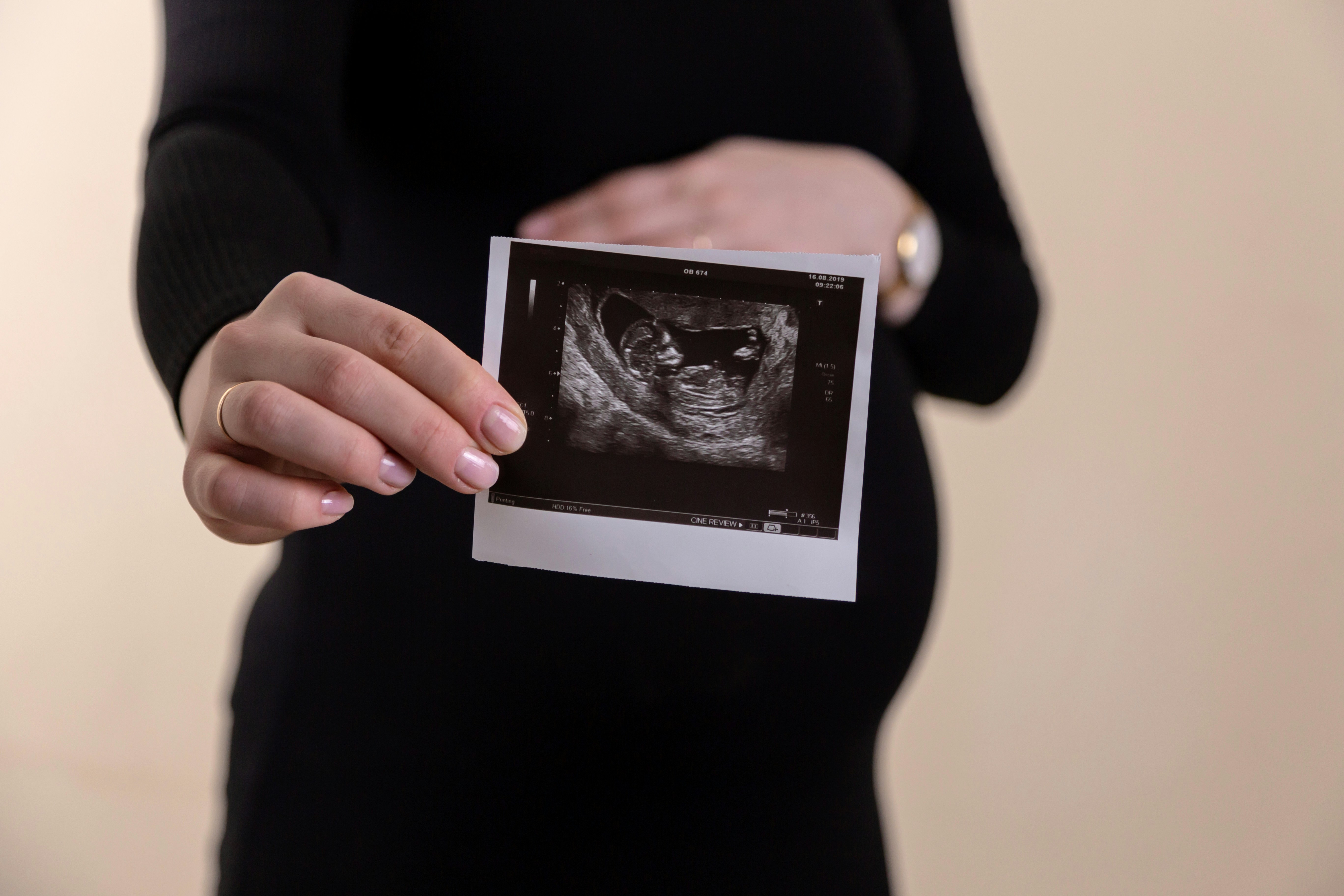
They have recommended that everyone in a household is familiar with the hurricane plans they’ve made. This may include catering for those at work, children’s daycare, and other frequently visited locations such as grocery stores.
Additionally, the government suggests that households should stock adequate supplies. Some recommended items are medications, disinfectants, and pet supplies that are carried in the go-bag or car trunk. Access to these supplies may be limited for days or even weeks after a hurricane.
Households also need to clear drains and gutters, secure outdoor furniture, and consider installing hurricane shutters. It is highly valuable to charge a cell phone and invest in backup charging devices for electronics when a hurricane is forecasted.
2. Stay Informed
In this step, it’s crucial for households to know if they live in an evacuation zone, listed at the end of this article, as they may need to evacuate quickly due to a hurricane. They should familiarize themselves with evacuation routes. They can also practice evacuating with their household and pets, and determine where they will stay.
Households should follow the guidance of local emergency managers, who collaborate with state, local, tribal, and territorial agencies. They will provide up-to-date recommendations based on the specific threats to your community and the necessary safety measures.
3. Check On Your Neighbors
Reach out to your neighbors, especially seniors or those who may require extra assistance, to ensure they have adequate hurricane plans in place. Offer your help in securing their preparations and provide support wherever needed.
4. Stay Out of Flood Water
Households should avoid entering floodwaters, as even six inches of fast-moving water can knock people off their feet. They should prioritize their safety and steer clear of any flooded areas.
5. Turn Around and Do Not Drown
People should be aware that just one foot of moving water can easily sweep away a vehicle. They should stay vigilant and avoid driving through flooded areas. Avoid walking, swimming, or driving through flood waters at all times. When encountering such a scenario, they should turn around.
6. Take Care of Your Mental Health
Lastly, individuals should prioritize their mental health during and after a hurricane. It’s important to acknowledge any feelings of anxiety or stress and seek support if needed. Connect with friends, family, or mental health professionals to discuss your concerns and find coping strategies.
Tampa Mayor Jane Castor has emphasized the need for households to pay attention to the evacuation zones as Hurricane Milton approaches Florida’s west coast. She warned the residents, “I can say without any dramatization whatsoever: If you choose to stay in one of those evacuation areas, you’re gonna die.”
Tampa is located in Hillsborough County. The region has listed compulsory evacuation orders for those in Zones A and B, as well as those who live in mobile homes. Tampa has urged residents of these areas to evacuate as Hurricane Milton is “literally catastrophic.”
Evacuation Zones
Charlotte County: It has issued a mandatory evacuation order for residents in Red Zone-A and Orange Zone-B, including those living in mobile and manufactured homes.
Citrus County: It has given a mandatory evacuation order that began on October 8, 2024, for all residents living in campers, tents, mobile homes, manufactured homes, or any structures unable to withstand sustained winds of up to 110 MPH.
Collier County: A voluntary precautionary evacuation is effective immediately for all residents in Collier County in Zones A and B. This includes west of Airport Pulling Road and south of US-41 Tamiami Trail E.
The order covers mobile home residents and areas with a history of storm flooding. A mandatory evacuation for all of Zones A and B began on October 8, 2024.
DeSoto County: It has issued evacuation orders for Zones A (Red) and B (Orange). These areas affect all residents living in mobile and manufactured homes, as well as those in low-lying or flood-prone areas.
Clay County: Currently, there are no mandatory evacuation orders, but residents in low-lying or flood-prone areas, especially along Black Creek or the St. Johns River, are strongly encouraged to consider relocating for safety.
Hardee County: On October 7, 2024, Hardee County Emergency Management advised residents in low-lying areas, mobile homes, recreational vehicles, and unsafe structures to evacuate as soon as possible.
Glades County: This county has implemented a voluntary evacuation for mobile homes, RV parks, and low-lying areas, which started on October 8, 2024.
Hillsborough County: This county has announced a mandatory evacuation for Evacuation Zones A and B, including all mobile homes and manufactured housing throughout the county, which started on October 7, 2024.
Hernando County: Mandatory evacuation orders for all areas west of US 19, including evacuation zones A, B, and C began on October 8, 2024. This includes all residents in coastal and low-lying areas, as well as those in manufactured homes countywide.
Levy County: A mandatory evacuation is in effect affecting all mobile homes, manufactured homes, recreational vehicle parks, coastal communities, and low-lying areas west of US 19. Hurricane risk shelters have opened at Bronson Elementary for special needs and Bronson Middle High School for general population/pet-friendly evacuations.
Lee County: It has issued mandatory evacuation orders for Zones A and B, urging residents to finalize emergency plans and evacuate as soon as possible. They should aim to be in a safe location by the evening of October 8, 2024.
Manatee County: This county has issued a mandatory evacuation for all residents in Levels A, B, and C, including visitors in RVs or mobile homes, effective October 7, 2024.
Marion County: The Marion County Sheriff’s Office Emergency Management officials have recommended evacuation for residents living in mobile homes, RVs, modular-type homes, and site-built homes constructed before 1994 due to the hurricane’s projected path.
Miami-Dade County: This county has announced a voluntary evacuation center for residents of mobile home parks, opening the E. Darwin Fuchs Pavilion on October 8, 2024, as a pet-friendly evacuation option.
Okeechobee County: A voluntary evacuation has been issued for all low-lying areas and mobile homes starting October 8, 2024.
Pasco County: This county has mandated evacuations for Zone C as the hurricane approaches. Evacuations are required for those in Zones A, B, or C, as well as residents in manufactured homes, RVs, low-lying areas, or structures prone to flooding.
Volusia County: A mandatory evacuation order took effect on October 9, 2024, for all areas east of the Intracoastal Waterway, including residents in manufactured and mobile homes, low-lying and flood-prone areas, as well as campsites and RV parks.
Sumter County: Residents in mobile homes, low-lying areas, or with special needs are strongly urged to consider evacuation or relocating to a shelter when they open.
Sarasota County: Residents in Sarasota County living in Level A or near Level A, as well as those in manufactured home communities or mobile/boat homes, are advised to implement their evacuation plans immediately, whether that involves staying with friends or leaving the area.
Pinellas County: Pinellas County has enacted a mandatory evacuation order for all residents in Zones A, B, and C, as well as all mobile homes. Special needs residents and residential healthcare facilities in these zones are also included in the evacuation order.
Putnam County: A recommended evacuation has been issued for Zones F and A due to concerns regarding high river levels.
Obeying the directives issued by local authorities and noting the evacuation zones ensures that families can evacuate safely and efficiently. This also allows emergency services to respond effectively to those in need.
My Mom’s Friend Outed My Pregnancy Without Permission—She Made a Big Mistake

When Mischa’s trusted family friend violates her deepest secret, she must choose between protecting someone she once knew well or standing up for herself. In a world where betrayal wears a familiar face, Mischa learns that forgiveness doesn’t erase consequences… and some stories must be told on your own terms, no matter the cost.
When I found out I was pregnant, I wasn’t ready to tell anyone. Not my friends. Not my family. I just wanted to keep it between my boyfriend, my doctor, and myself.
I was 20. Still figuring out who I was. Still making peace with the fact that adulthood doesn’t come with a manual. A baby? Goodness me. It felt both terrifying and beautiful. Like standing at the edge of a cliff with your arms open.

A pensive young woman | Source: Midjourney
So, I made an appointment at one of the best OB-GYN offices in town. It was clean, professional, and discreet. It was exactly what I needed.
Or so I thought.
When I walked into the waiting room, my heart stopped for a second.
Behind the reception desk, flipping through paperwork like it was any normal Tuesday, stood Monica, an old friend of my mom’s.

The interior of an OB/GYN office | Source: Midjourney
I froze in the doorway, my heart lodging somewhere between my ribs and my throat. I did remember her from when we were younger though. Monica used to basically live in our home. Visiting all the time. I hadn’t seen her in years but I knew they still texted occasionally. Christmas cards. Birthday wishes. The occasional “we must catch up” lunch that never actually happened.
The air in the waiting room felt too sharp, like breathing in tacks. I told myself not to panic. Monica wasn’t just a receptionist anymore, she was a medical assistant now. She’d know better… she had to.
Right?

A medical professional looking at a clipboard | Source: Midjourney
Confidentiality was everything in healthcare.
Surely, she would be professional.
Surely.
I filled out the clipboard with shaking hands, feeling her eyes flicker toward me and then away, polite but not oblivious. Every fibre of my body screamed that this wasn’t how it was supposed to happen.

A young woman sitting in a doctor’s room | Source: Midjourney
I went through the appointment trying to block it all out, the tension in my shoulders, the tight ache under my skin.
Instead, I focused on the doctor’s kind voice. The cold gel smeared across my belly. The faint, miraculous thud-thud of a heartbeat emerging from the static. Tiny. Fragile. Real.
Tears pricked at the corners of my eyes as the grainy shape appeared on the monitor.
A life. A beginning.

A doctor standing in her office | Source: Midjourney
Something so impossibly mine that it made my chest hurt with a strange, wild kind of love. I clutched the ultrasound photo on the drive home, holding it against my chest like a fragile secret, emotions swirling too fast to name.
And when I opened the front door, my mom was already there.
Beaming. Congratulating me loudly. Throwing her arms around me like it was Christmas morning, her voice bubbling with excitement I couldn’t match.
“You’re going to be such a good mom, Mischa! I’m so happy for you! My baby is having a baby!” she gushed, squeezing me tighter.

A smiling woman standing in a doorway | Source: Midjourney
The room tilted sideways, the walls pressing in.
I hadn’t said anything yet.
I hadn’t even decided if I wanted to tell her today. Or tomorrow. Or next week. I hadn’t even had time to process the reality myself, let alone share it.

A pensive young woman standing in a living room | Source: Midjourney
My mom kept talking, oblivious to the way my hands hung limply at my sides. She floated between baby names, crib shopping, nursery colors… all the while I stood frozen, the blood draining from my face, my heartbeat hammering somewhere near my throat.
Somewhere between “maybe Emma if it’s a girl?” and “I have the old bassinet in the garage,” I found my voice.
It came out thin and brittle.

A baby bassinet in a garage | Source: Midjourney
“Mom,” I interrupted, swallowing hard. “How… how did you know?”
She blinked at me, confused, almost amused.
“Darling, Monica texted me, of course!”

A smiling woman in a living room | Source: Midjourney
Just like that.
Casual. Cheerful. Oblivious.
Monica had reached out and ripped away my most personal moment before I even made it home.
I mumbled something about needing the bathroom and stumbled down the hall, locking the door behind me.
The cold tiles pressed against my bare feet. I sank onto the closed toilet lid, pressing my trembling hands into my forehead, willing the spinning in my head to stop.

A young woman standing in a bathroom | Source: Midjourney
A deep, hollow ache ballooned inside my chest, swallowing everything else.
It wasn’t just gossip. It wasn’t just excitement. It was a violation. It was my life and someone else had decided that they had the right to announce it for me.
Every fear I’d carefully tucked away, judgment, pressure, losing control of my own story… came roaring up at once, crashing through the thin walls I’d tried so hard to build around myself.

An upset woman | Source: Midjourney
I wasn’t ready to shout my pregnancy from the rooftops.
I wasn’t ready for advice, for sidelong glances, for whispers behind my back about “the poor young girl who ruined her life.” I wasn’t ready for anyone else’s hands in my future, tugging at it, twisting it.
It was mine. And now it wasn’t.

An upset and stressed young woman | Source: Midjourney
The knowledge sat like a stone in my stomach, heavy and cold. I wanted to scream.
I wanted to march back to that OB office and demand Monica’s badge, her job, her dignity. To burn everything down just so someone, anyone, would understand what had been taken from me.
But my mom, still smiling a little too brightly, still hoping everything could be smoothed over, begged me not to.

A pensive woman sitting at a kitchen table | Source: Midjourney
“She meant well, Mischa,” she said softly, wringing her hands and looking at the freshly baked scones on the table. “Please, baby… just talk to her first. Give her a chance? Yes?”
Meant well. Meant well?
It was funny how people used that phrase like it erased damage.
I wasn’t feeling merciful. Not even a little. But I was feeling strategic.

A plate of scones with cream and jam | Source: Midjourney
Anger could scorch the earth, sure. But sometimes, patience could break it open.
If Monica didn’t realize what she’d done to me, she would do it to someone else. Someone younger, maybe? Someone still living under their parents’ roof, someone who could be hurt worse.
Someone without a safe place to land.
I couldn’t let that happen. No way!

A young woman sitting at a kitchen table | Source: Midjourney
So, we set a trap.
The next day, my younger sister, Allie, texted Monica, pretending she needed advice about medical school applications. Monica agreed immediately, thrilled at the idea of “mentoring” a future healthcare worker.
I could almost hear her preening through the text messages, already imagining herself as a wise sage, guiding another generation.

A phone on a table | Source: Pexels
That evening, Monica waltzed into our kitchen like she owned the place. Her hair was sprayed into a stiff helmet, her perfume so thick it clung to the air like syrup.
She kissed my mom on the cheek, patted Allie’s shoulder, and smiled at me like nothing had ever happened.
“I hope you made your roast chicken, Madeline!” she said to my mother. “I remember how much I loved it the first time I ever tasted it. Wow.”

Food on a table | Source: Pexels
My mom smiled and nodded.
“Of course, Mon,” she said. “Roast potatoes and the works.”
We made small talk, the kind that scratched at my skin. College classes. SAT scores. Internships, blah blah blah. I let her settle in, watching her posture relax as she sipped on hibiscus tea, her guard dropping quickly.
When the moment felt right, I leaned across the table, keeping my smile sugary sweet.

A cup of tea on a table | Source: Unsplash
“So… what’s the policy about patient confidentiality, Monica?” I asked, tilting my head just slightly.
Monica chuckled, waving a manicured hand dismissively.
“Oh, it’s super strict,” she said. “You can never share patient information. It’s a total disaster if you slip up. You can lose your job, your license… everything. It’s not worth it, really.”

A close up of a woman | Source: Pexels
I nodded, slowly, deliberately. Letting the silence stretch just long enough for discomfort to creep in.
“So technically,” I said lightly. “You weren’t supposed to tell my mom about my pregnancy, right? According to what you’ve just explained, I mean. Right, Mon?”
Her smile froze.
You could almost hear the gears grinding in her head as the realization hit.

A woman hidden by her hair | Source: Unsplash
Across the table, Allie shifted uncomfortably in her seat, her hands pulling at the hem of her sweater. She had been uneasy since Mom and I told her she was going to be an aunt.
“Well…” Monica stammered, a nervous laugh bubbling up. “That’s different, Mischa! Your mom’s my friend. It’s not like I told a stranger!”
I kept my expression as neutral as possible, my hands calmly folded on the table.

A close up of a blonde woman | Source: Pexels
“Oh,” I said, my voice feather-soft. “So there are exceptions, then?”
Monica’s face darkened. Her shoulders tensed, the mask slipping fast.
“I did you a favor!” she snapped. Her voice was shrill now, slicing through the kitchen’s heavy air. “You were scared. I could see it in your face. I helped you! You had that same haunted look that young women have when they don’t know how to tell their families… you should be grateful.”

An upset young woman | Source: Pexels
The kitchen seemed to shrink around us, the tension vibrating in my bones.
Allie sat frozen across the table, wide-eyed, the color draining from her face.
I pushed back my chair slowly, the scrape of the legs against the floor loud and deliberate.
“You didn’t help me,” I said quietly, my voice steady and cold. “You stole a moment that wasn’t yours to take. You stole a precious moment from me.”

An uncomfortable teenage girl | Source: Pexels
Monica’s hands shook visibly. She opened her mouth as if to protest again but no words came out.
She saw it then. She’d already lost.
She left quickly after that, muttering something about not being hungry. Something about “good luck” over her shoulder. The door slammed harder than necessary.
I stood there in the quiet kitchen, my hands trembling, my heart racing but feeling a little steadier inside.

A pensive woman | Source: Pexels
I had given her a chance to recognize her mistake.
She didn’t. She doubled down. She would do it again.
“Girls, let’s have dinner,” my mother said quietly. “You need to eat, Mischa. Your body needs good sustenance for the baby.”

A plate of food | Source: Pexels
The next morning, I sat at the kitchen table with my laptop open. The “Submit” button glowing at the bottom of the complaint form.
My finger hovered over the mouse for a long moment, heart thudding slow and heavy in my chest. I wasn’t cruel. I truly wasn’t.
I didn’t blast Monica on social media. I didn’t rant or call her names. I didn’t tell anyone outside of my family. I simply stated the facts.

A laptop on a table | Source: Unsplash
Monica had breached patient confidentiality. She had shared private, sensitive medical information without consent. While my case hadn’t ended in tragedy, another patient might not be so lucky.
A soft breeze drifted through the open window, stirring the papers on the table, brushing my skin like a nudge forward.
I took a deep breath and clicked submit.

A close up of a young woman | Source: Unsplash
At the OB’s office, the manager listened carefully, her face grave and still.
Later, I learned that Monica had previously completed, and signed, a mandatory confidentiality training, explicitly reaffirming that she understood the rules she had broken.
They took it seriously. Very seriously.
A few days later, Monica was placed under internal investigation and suspended while the clinic decided her fate.

A person holding a clipboard with a contract | Source: Pexels
At dinner one evening, my mom twisted her fork through her mashed potatoes, her voice barely above a whisper.
“She’s losing everything, Mischa. Her job. Her reputation. She called me earlier today.”
I stared down at my own plate, the food untouched and cold, feeling both heavier and lighter at once.
“I didn’t do that,” I said quietly. “Monica did.”

A bowl of mashed potatoes | Source: Pexels
There’s a difference between being kind and being a doormat. There’s a difference between forgiveness and allowing someone to hurt others just because they didn’t hurt you badly enough.
Forgiveness doesn’t erase consequences.
It just means that you don’t let their actions define your future.
Weeks passed.

A young woman leaning against a wall | Source: Unsplash
The early spring sun grew warmer, wrapping the afternoons in gold. My belly grew. My excitement grew. And so did my confidence.
I told people about my pregnancy on my own terms, in my own words, in my own time. Not because someone stole the story from me. But because I chose to share it.
The first time I posted my ultrasound photo online, I hesitated, staring at the screen, my thumb trembling slightly over the button.

An ultrasound | Source: Pexels
Tiny fingers. A curled-up nose. A future that was still mine to shape.
I smiled.
Not everyone deserves access to every part of your story. Especially the parts you’re still writing.

A person holding an ultrasound | Source: Unsplash
What would you have done?
If you’ve enjoyed this story, here’s another one for you |
When Mia honors her late mother at a family dinner, her stepmother’s cruel outburst ignites a truth long buried. Forced to choose between silence and self-respect, Mia walks away and writes a letter that could shatter everything. This is a raw, unforgettable story about grief, memory, and what it takes to reclaim your voice.
This work is inspired by real events and people, but it has been fictionalized for creative purposes. Names, characters, and details have been changed to protect privacy and enhance the narrative. Any resemblance to actual persons, living or dead, or actual events is purely coincidental and not intended by the author.
The author and publisher make no claims to the accuracy of events or the portrayal of characters and are not liable for any misinterpretation. This story is provided “as is,” and any opinions expressed are those of the characters and do not reflect the views of the author or publisher.



Leave a Reply